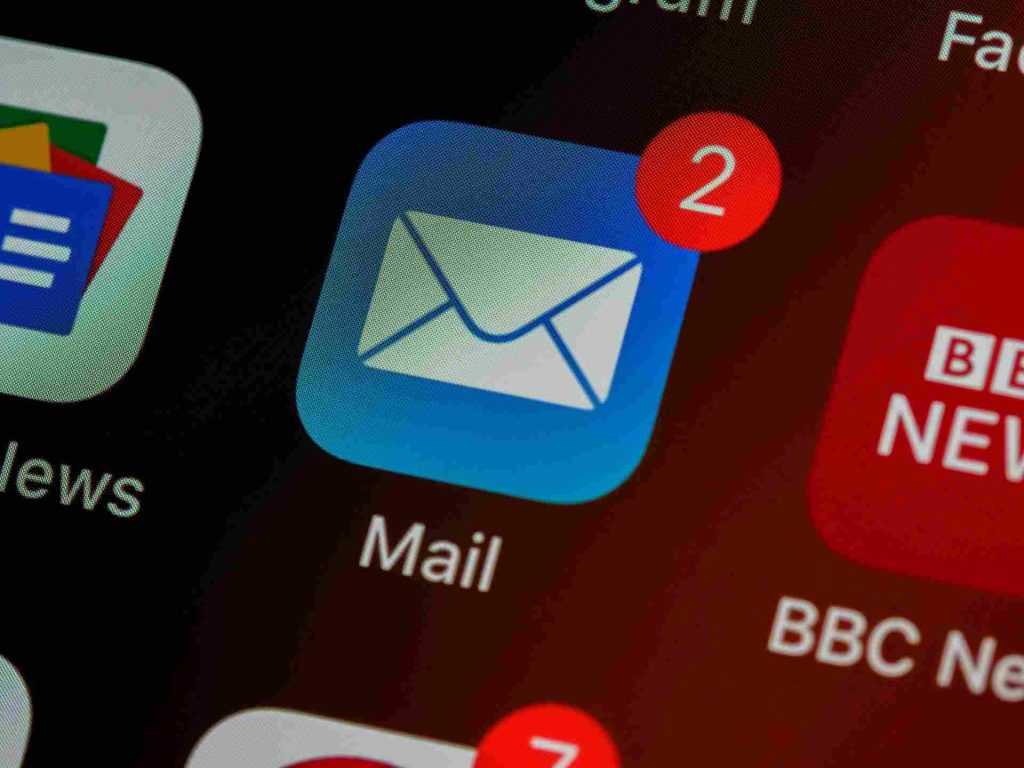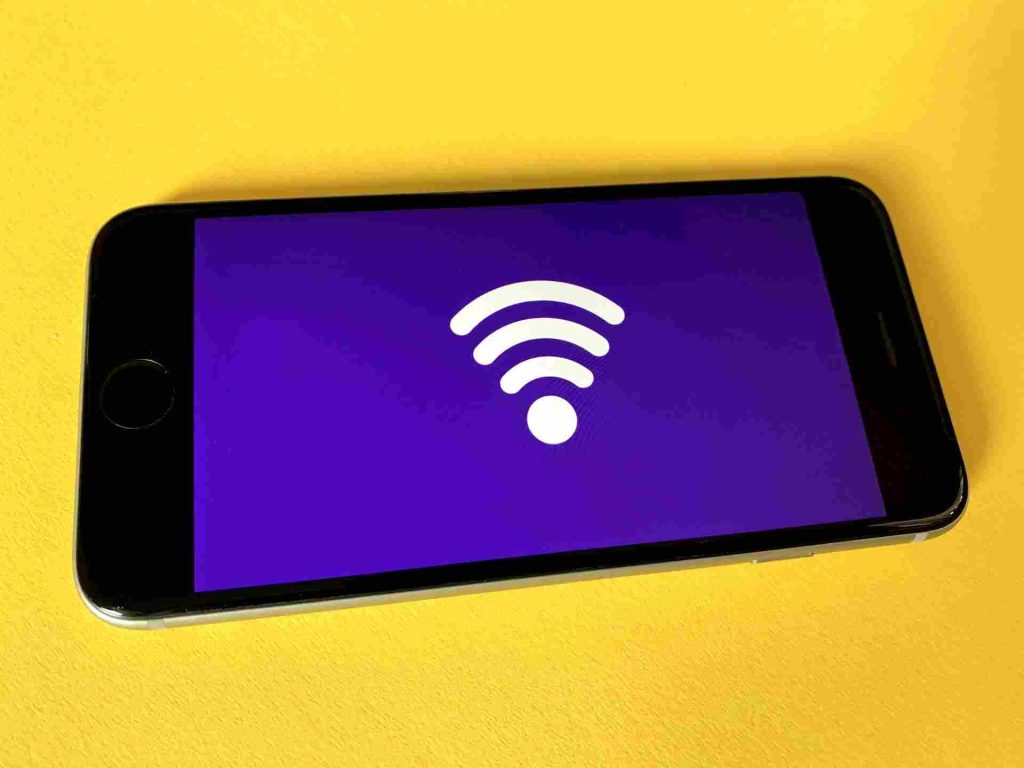A top priority should be given to digital security, especially if you often use the internet. At the very least, on a basic level, most people are aware of privacy problems. 86 percent of internet users want more privacy and are taking steps to get it. However, people often aren’t aware of all the options.
Here are 10 steps you can take to ensure the safety of your information:
1. Use a VPN
In the digital age, a virtual private network (VPN) is the safest way to protect your privacy. Consider it a tunnel that connects your gadget to the internet. To prevent online activity tracking, this tunnel is protected with armor like SSL encryption and other privacy protection features.
Anyone, not just those working in business, can use these VPN services. You should find a great personal VPN to satisfy your everyday browsing needs and to experience limitless security.
2. Encrypt Your Email
Businesses that often send sensitive information through email are most likely to use email encryption, but more and more people are also using it to protect their privacy. Even if a hacker gained access to your data, they wouldn’t be able to read it because, when the encryption is activated, it scrambles the information for everyone besides the authorized sender and recipient.

Email encryption is most effective when sending highly sensitive information, such as credit card or social security numbers, and it’s easily integrated into your current email address too.
3. Be Cautious When Opening Links and Emails
One of the most popular ways to gain access to someone’s personal information is by phishing. In order to get personal information, scammers send emails acting as respectable businesses or even people you may know. They usually use viruses, malware, and ransomware for the same purpose.
Always exercise caution when clicking on links or downloading attachments in emails, even from people you know. If something about an email seems off, just delete it without pressing any other buttons.
4. Check Websites for Privacy Indicators
Look for signs that the website is safe if you are asked to enter sensitive data, such as phone numbers, addresses, or credit card information. If not, you may as well give your data to a hacker wearing a big red bow.
5. Use Antivirus and Anti-malware Software
Malware, or malicious software, is a common tool used by hackers to access your computer and steal or remove data while causing more harm to the system. Viruses can do the same thing.
Never use an internet-connected computer without antivirus and anti-malware software installed. It is affordable or free for your computer. Apps made for the same purpose can be used to protect mobile devices.
6. Use Strong Passwords
The average internet user falls short when it comes to creating secure passwords that can protect their privacy. 86 percent of internet account passwords, according to studies, are deemed to be “bad” because they are easy to decode. A version of 1234567, qwerty, password, abc123, and repeated numerals are among the most popular passwords.
A strong password is your best defense against brute-force hacking attempts. Your online accounts are further protected each time you add a challenging component, like a capital letter or an unusual character.
To prevent unauthorized access to sensitive information, several firms require that employees change their passwords on a monthly basis. Even though a monthly password change may not be necessary for your personal information, consider changing it at least once a year.
7. Automatic Software Updates
Contrary to popular belief, software developers don’t hold off on revealing their work to the public until it is perfect. Instead, they try to get as close as they can to continue to work on security and privacy gaps and fix bugs after the software has been launched. They present these fixes in the form of patches and updates.
Because of this, regularly updating your software is essential for protecting your data and accounts. You won’t even have to consider this if you use automatic updating.
8. Be Cautious of Public Wi-Fi
Public Wi-Fi is useful, but it poses serious privacy risks. Approximately 60% of people say they often use free Wi-Fi, whether they’re connecting to a hotel network or a coffee shop network.

Hacking on public Wi-Fi is super easy. Anyone can learn how to do it by watching YouTube videos, many of which have received millions of views. They might attempt a “man in the middle” or “evil twin” attack to get access to your data while it is being transmitted from your device to the server.
If you don’t have a VPN, be very careful when connecting to public Wi-Fi. With a VPN, you can use public Wi-Fi without worrying about hackers.
9. Turn Off Location Data
Every device carries location information that can identify where you are. Although it’s unsettling to think about it, governments, corporations, or hackers might be keeping an eye on you. Essentially, you can minimize their prying by disabling location services on any device that connects to the internet.
The digital age is constantly growing, and hacker attempts are becoming more advanced. Essentially, the only people who will make it through with all their personal information intact are those who take security concerns seriously and try to avoid them.
10. Use SSPM
SaaS security posture management (SSPM) for enterprise organizations is a type of automated security tool for tracking security threats in SaaS applications. Misconfigurations, unused user accounts, risks, excessive user rights, compliance, and other cloud security problems are all detected by SSPM.
In accordance with that definition SSPM for enterprise organizations offers automated continuous monitoring of cloud-based Software-As-A-Service (SaaS) applications like Slack, Microsoft 365, and Salesforce in order to reduce risky configurations and assist security and IT teams in ensuring compliance.
Keep Your Business Safe
Your small business will experience less fraud if you follow the 10 suggestions mentioned above, especially an SSPM for enterprise organizations. Always remember to update your gadgets and verify the URL. While you’re at it, make sure 2FA is enabled and that no two of your passwords are the same. Keep your company safe and sound.
Disclosure: If we like a product or service, we might refer them to our readers via an affiliate link, which means we may receive a referral commission from the sale if you buy the product that we recommended, read more about that in our affiliate disclosure.
Read More: World News | Entertainment News | Celeb News
Tech Follows





